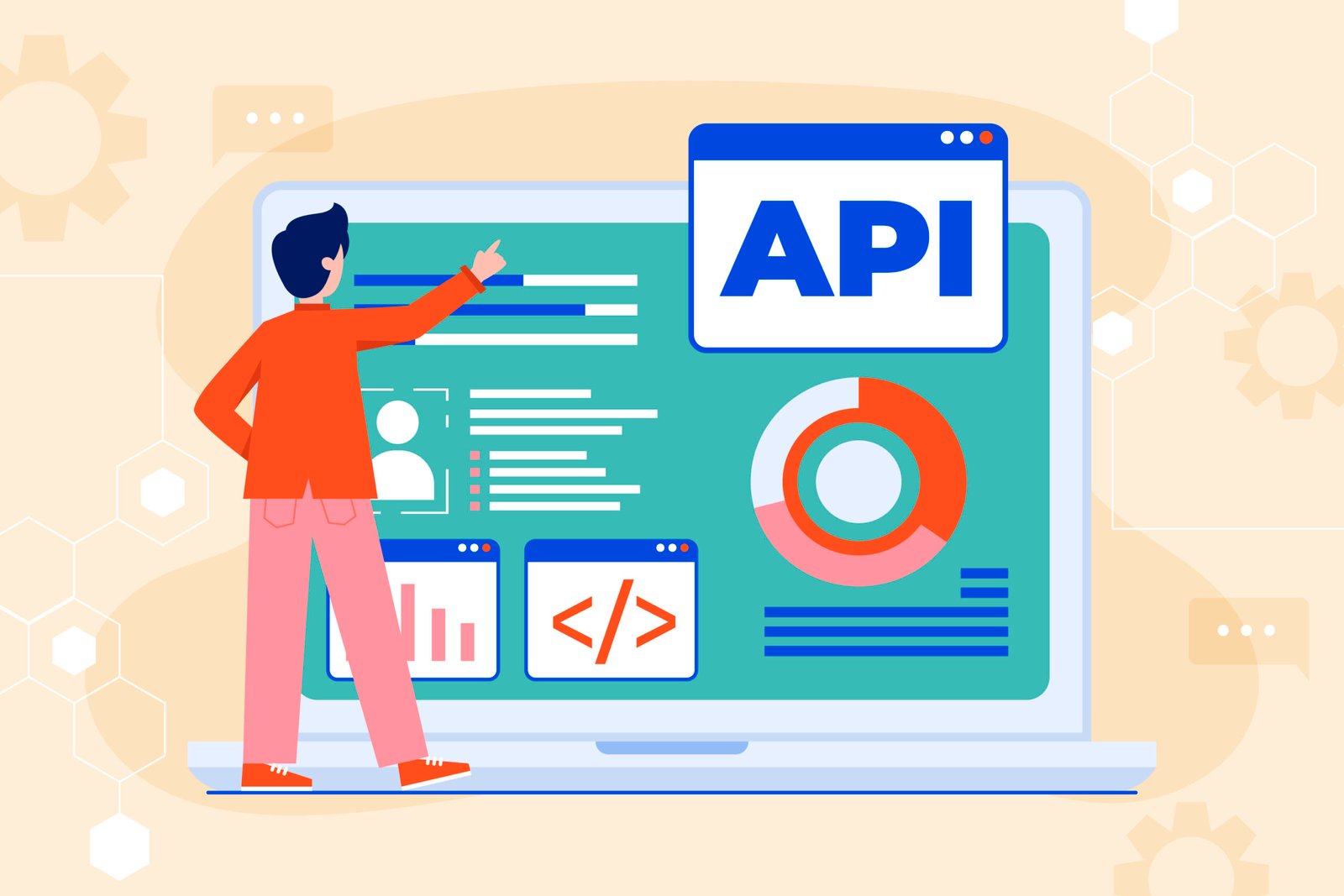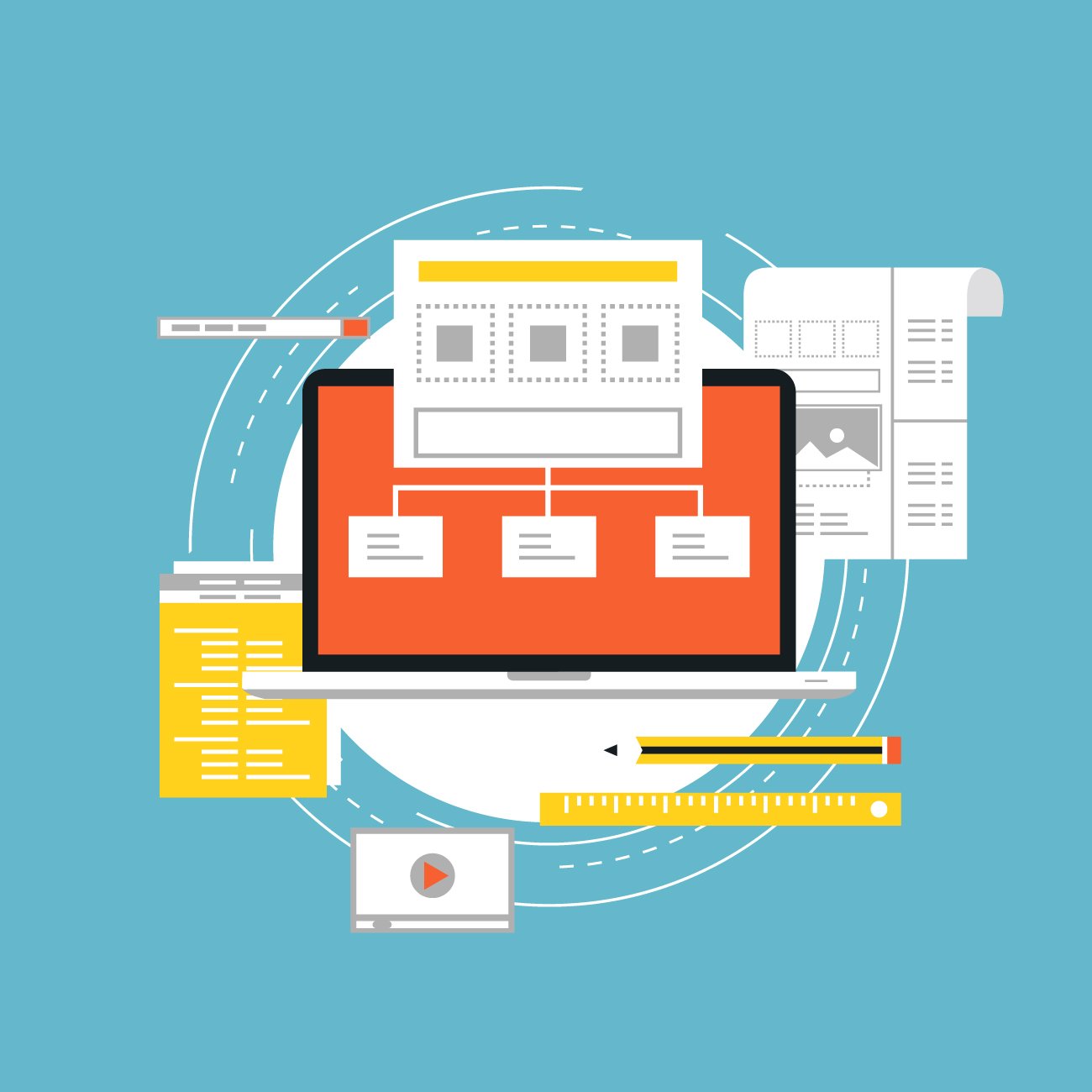Looking beyond basic feature comparisons is crucial when choosing the right commerce platform. The hidden capabilities discussed here can determine whether a platform will support your business growth or hold you back during key expansion phases.
Your evaluation process should treat functional and non-functional requirements as equally important. These reveal not only what systems can handle but also how they perform under stress. Businesses that aim to succeed must weigh both to select the right platform.
Real-time two-way data sync keeps adaptable operations running. This feature closes dangerous system gaps and prevents overselling and delivery delays that hurt customer relationships. Smart API rate limit handling keeps your platform running smoothly during high-traffic periods that bring in serious revenue.
Growing businesses gain a real edge with modular, composable architecture. Teams can scale different parts of the system independently and add new features without costly re-platforming. Built-in monitoring spots failures early, stopping problems before they hit customers and preventing big revenue losses.
Companies need to view these hidden features as essential, not optional add-ons. Skipping platforms with these core tools can cause issues during peak sales or major growth moments—when strong performance matters most.
Standard feature comparisons might look similar across platforms, but these core architectural differences will undoubtedly shape your long-term success. A platform with these hidden features supports both your current needs and future growth without holding you back.





